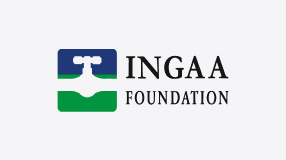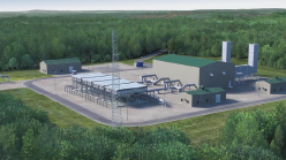Background
Early in 2007, pipeline construction activities in the United States increased dramatically, including construction of pipelines under Special Permits to operate at higher stress levels than allowed by regulation. During U.S. Department of Transportation, Pipelines and Hazardous Materials Safety Administration’s (PHMSA) inspections of the Special Permit projects, some apparent quality problems were identified, such as issues with pipeline coating, welding and backfilling.
The need for this guidance continues as the industry undergoes another period of construction expansion brought about by shale production in a variety of locations across North America.
INGAA Foundation members saw a need to provide practical, “how-to” guidance on implementation of a Construction Quality Management System (C-QMS), and authorized a project.
Introduction
This report provides guidance for the elements defined in the referenced white paper. The elements are:
The scope of these guidelines is directed primarily at the construction process itself. There is no question that quality of design, development of specifications, engineering, constructability reviews and permitting are critical to a projects’ success, but they are not addressed within these guidelines. However, it was during construction when most of the problems identified above occurred.
Conclusion





